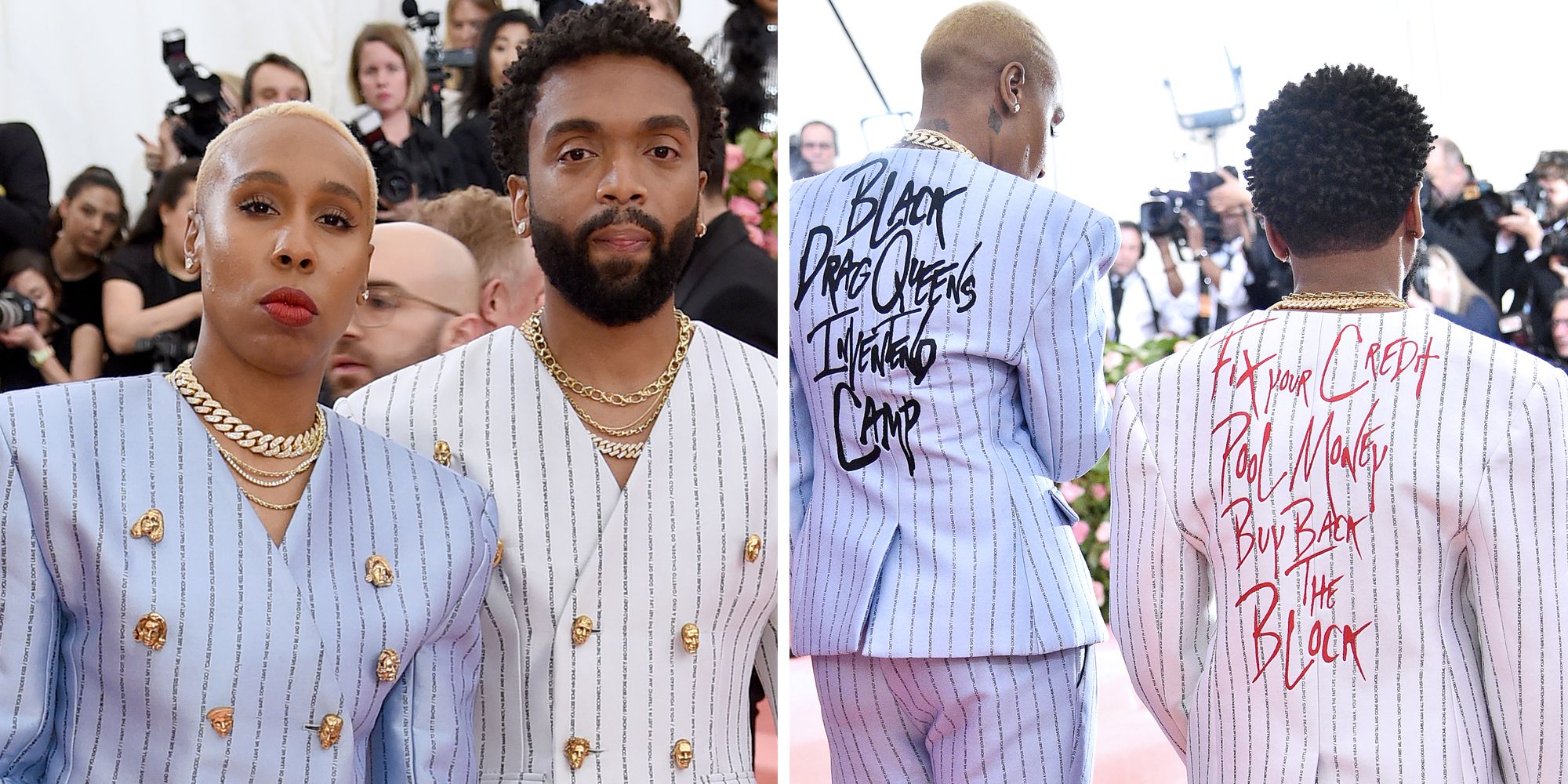History of Camp: about the Sun King and Lady Gaga
 |
| Via Fashionista. |
Camp is the cult name given to an aesthetic sensibility for the artificial and exaggerated. It is based on the concept that taste is more than a subjective preference, it is a consistent sensibility that shapes into a concrete idea. This taste transformed into idea is a vision of the world as a theatrical metaphor of life, with an extravagant and slightly "off" style. This style is not limited to fashion: there are "campy" movies, songs, furniture, buildings... even attitudes. This campy taste is an affinity for certain arts that emphasize texture and style over content, a purely aesthetic taste.
 |
| Lili Reinhart à la Maria Antonieta via PopSugar |
The origin of camp is not clear, but the furthest time in history in which we can fully and consciously appreciate it is the 18th century, when King Louis XIV consolidated his power by luring all nobility towards Versailles, leaving their home regions behind. The protocols and rules of etiquette demanded by the Sun King made the noblemen spend extraordinary amounts of money trying to keep appearances up. The Versailles lifestyle was one of exaggeration, performance and an excessive love for their very own aesthetic. If the thought of Versailles brings forward references of huge wigs, white faces with red cheeks, gamble and waste, you're thinking of camp, the style that for royalty was all seriousness and protocol, and that commoners took as ridiculous and insulting.
Camp is not just "camp"; a piece of art is rarely only defined as campy. This taste is the perception of the double meaning of art: on one side is the real meaning, while on the other is the concept as mere artifice. This style is difficult to replicate because it is not made with the explicit purpose of highlighting the artifice of art. In its pure state, camp is always naïve and takes itself seriously. It is serious art that is not taken seriously due to its extreme extravagance. It is art that fails to represent the standards of truth, beauty and seriousness of high culture. Camp came up at the discovery that sensibility for high culture does not have monopoly over what is refined. By acquiring a genuine taste for bad taste, camp comes up as a liberation, a genuine enjoyment of failure.
 |
| Art Nouveau inspirations on the pink carpet. |
The quintessential example of camp is Art Nouveau, the artistic movement that dedicated itself to transforming an object into what it's not, like a lamp into a flower or a parisian metro station into a pixie land. This movement, characterized by a motif of plants and organic life, was stamped in art, architecture and applied arts. Art Nouveau was almost instantly popularized in 1870's Europe and was present in many exhibitions under the impression of promotion of education, international cooperation and peace. However, several countries such as France and Belguim, considered Art Nouveau as a contender for "national art", trying to attribute the movement to their country. These situations of rivalry and competition proved that, despite a façade of educational art, the charm of Art Nouveau was inherently aesthetic and, therefore, comparable.
 |
| Homages to Oscar Wilde at this year's MET Gala. |
"One must either be a work of art, or wear a work of art."
At the end of the 19th century, and upon Oscar Wilde's fall from grace, camp was fully appropriated by the marginalized LGBTQ+ community as a sort of secret language. Susan Sontag writes in her essay "Notes on Camp" that this term is esoteric, a private code and a badge of identity for cliques, demanding silence under threat of treason. That is precisely what camp has been for the LGBTQ+ and drag community to the date. Currently, artists like Lady Gaga and Lena Waithe are the embodiment of camp: people who enjoy aesthetics no matter the meaning, take their style seriously and represent those who have been rejected and marginalized for centuries, finding comfort in that secret code that only they can decipher in every outfit, every song, every movie, and every statement.
 |
| Via Harper's Bazaar and TIME. |
On Monday, May 6, 2019, the MET Gala took place, an inauguration event for the annual Costume Institute exhibition at the Metropolitan Museum of Art in New York. This year's theme: "Camp: Notes on Fashion" is based upon Susan Sontag's essay "Notes on Camp" and caused as much confusion as it did controversy.



Comments
Post a Comment